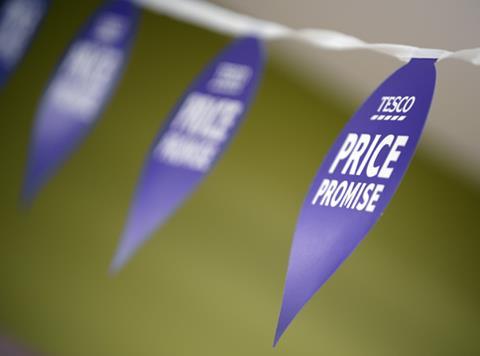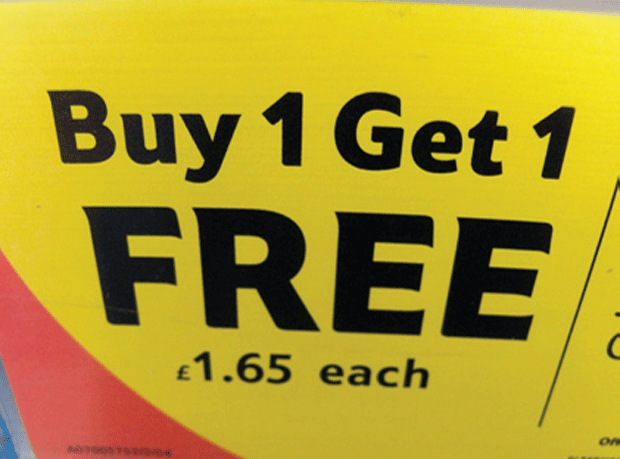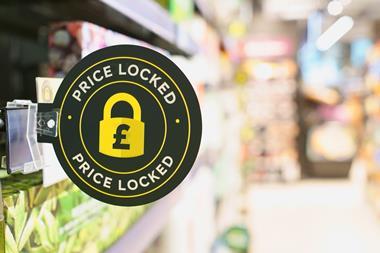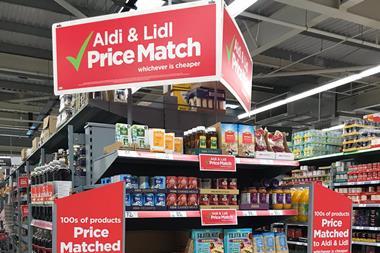
Following the Which? super-complaint, the Competition & Markets Authority reported back last week on supermarket promotion and pricing policies.
While it is clear to say that supermarkets try to - and mostly do - comply with existing rules, the report also highlighted that much work is needed on pricing.
Supermarkets compete fiercely on price, but they have learned some categories and products are more price-sensitive than others, and focused their lowest prices on these. Many became loss leaders, meaning buyers have to work to make up margin on other items, sometimes via different sizes and confused unit pricing.
Branded suppliers have also played their part. Manufacturers support high list prices for their products, but must then rely on increasing numbers of trade-driving promotions to hit sales targets. They also add variants to drive share of shelf space and offer slightly different products in competing retailers to reduce price comparability.
“No one knows what true demand would be without price confusion”
Nick Harrison
The overall result is a system that is confusing for customers and sends confused price signals up the value chain. No one has the information to understand what true consumer demand would be without price confusion and cross-subsidies - until now.
In my opinion, two big trends will slowly unpick this. The first is the ability of consumers to shop around online and buy cheaper individual items at different retailers. This heralds the end of the loss-leader approach: wherever these exist there must also be higher-priced items to make up the margin, but these provide opportunities for competitors to split baskets.
Of course, consumers are not going to split fresh food baskets tomorrow. But how long before high-margin items such as razor blades are being bought in significant volumes from cheaper direct providers? Retailers will be pushed to charge the “realistic price” on every item.
The second trend is the discounters. With their strategy of focusing on great quality and price on a small number of standard items, they are already unpicking the confusion and cross-subsidies caused by variant proliferation. And their successful value strategies are also undermining promotions.
Discounters are showing branded suppliers what they could offer consumers if they focused on developing and efficiently manufacturing a smaller number of products. Indeed, the discounters are more like manufacturing businesses that happen to own some shops than traditional retailers. Many branded suppliers have not yet realised that Aldi and Schwartz Group - not their traditional competitors - represent some of the biggest threats to their businesses.
These trends will bring good news. Customers should get simpler pricing and product ranges, which enable their needs to be transmitted up the value chain, and supermarkets will be pushed to simpler pricing and fewer promotions. And finally, manufacturers will get back to developing great products rather than spending so much time on trade tactics with their retailer customers.
Nick Harrison is co-leader of the European retail practice at Oliver Wyman















No comments yet